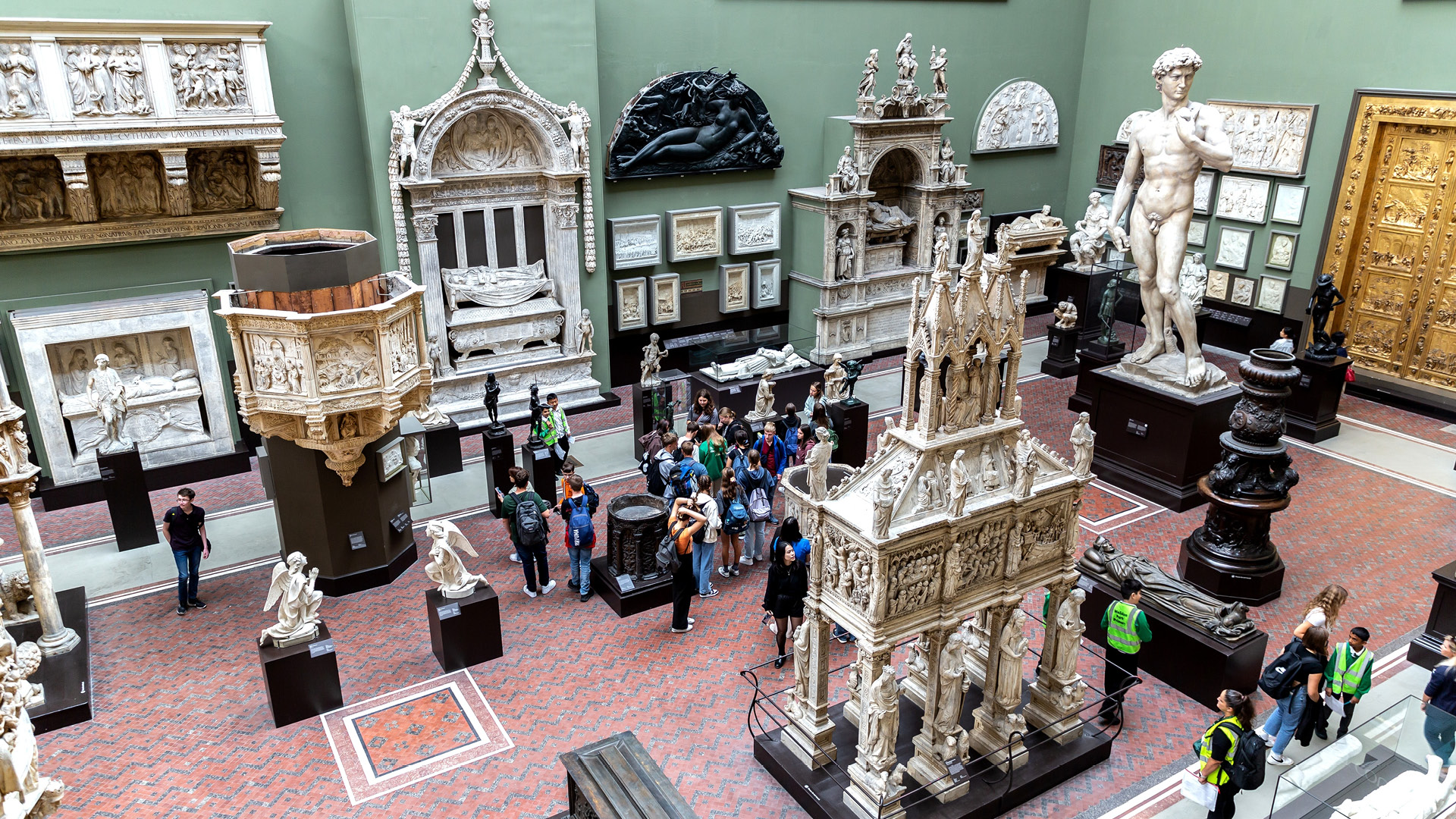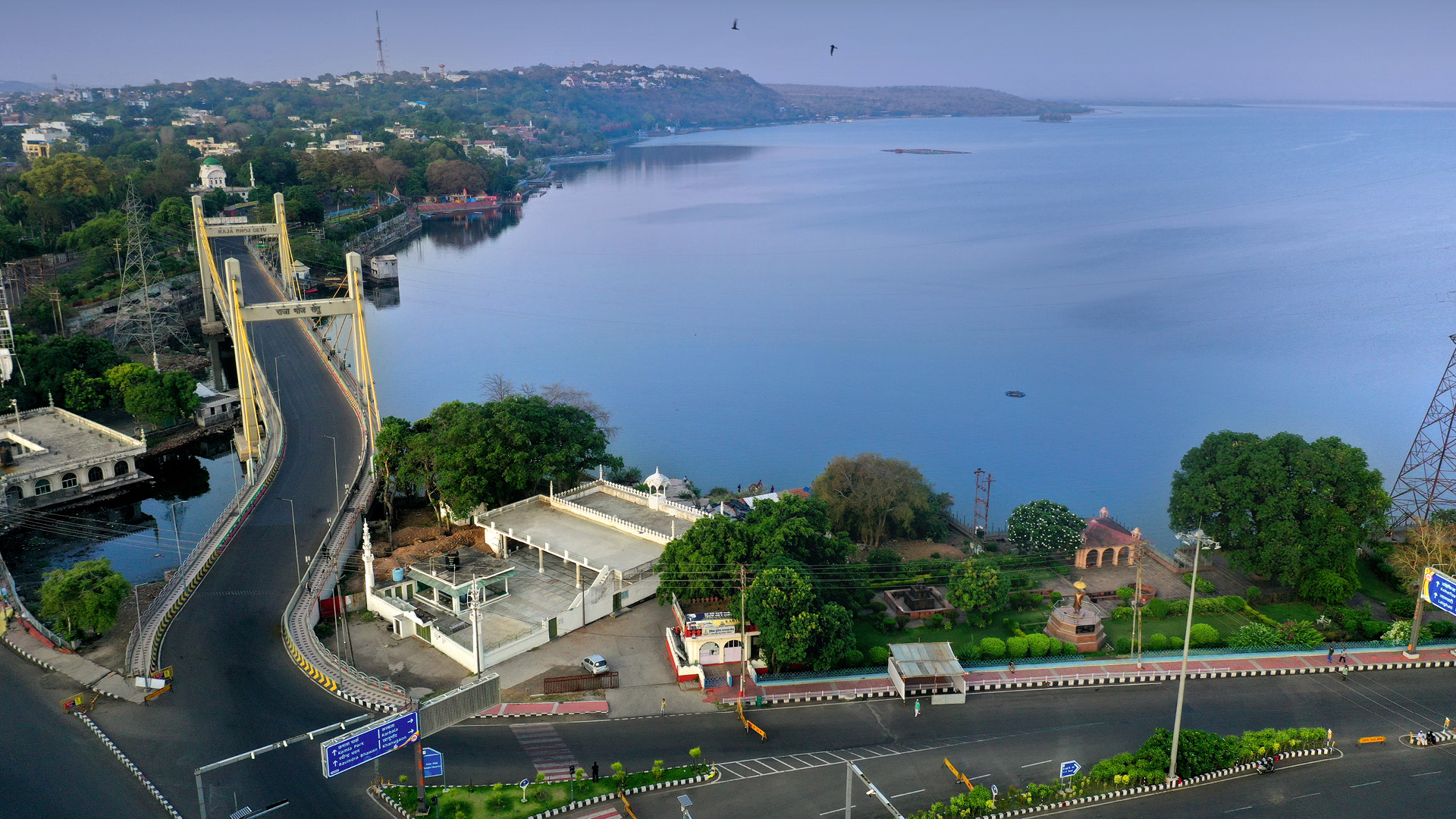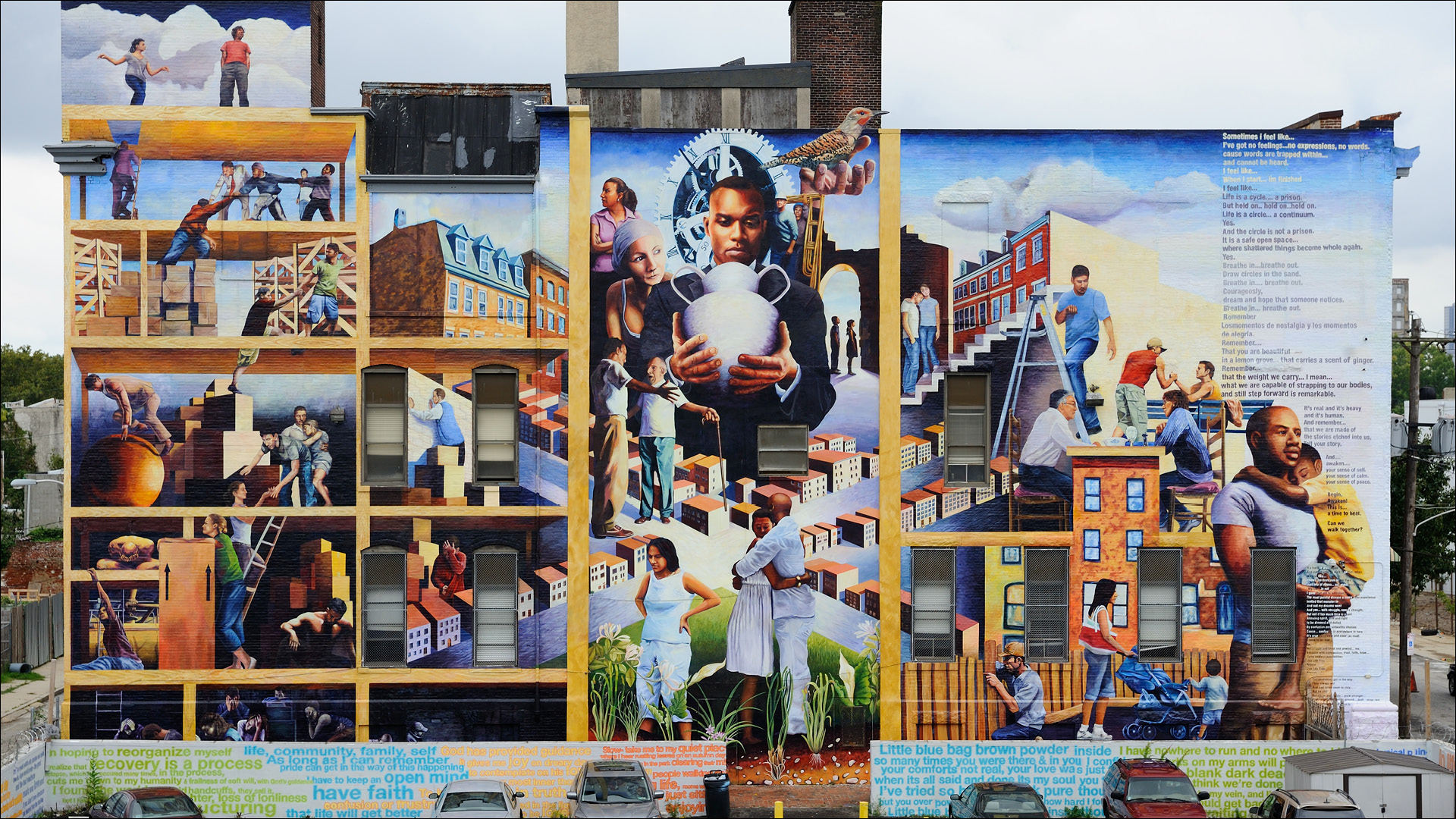Discovering arts, crafts, food, and architecture in the capital city of Odisha is an adventure of its own kind—one that promises to engage all
your senses.
By ANUBHUTI KRISHNA
I notice the striking black and laterite building as soon as I step out of the car. It stands out in a row of smaller, more vernacular houses, calling out to me with its sprawling front yard and fruit-laden trees. Tiny clouds of incense smoke waft from the first-floor window and strains of local music float in the air. “Would you like to go inside, ma’am?” my companion and guide Firoj asks, noting my fascination. “We can meet the owner.” I cannot believe my luck! The house, he tells me, belongs to famous Odissi dancer and Padma Shri awardee Ileana Citaristi, who has been living and training here for decades. I jump at the opportunity and, soon, we are inside, talking to the Italian danseuse about her home studio and resolve to live so far away
from Italy.
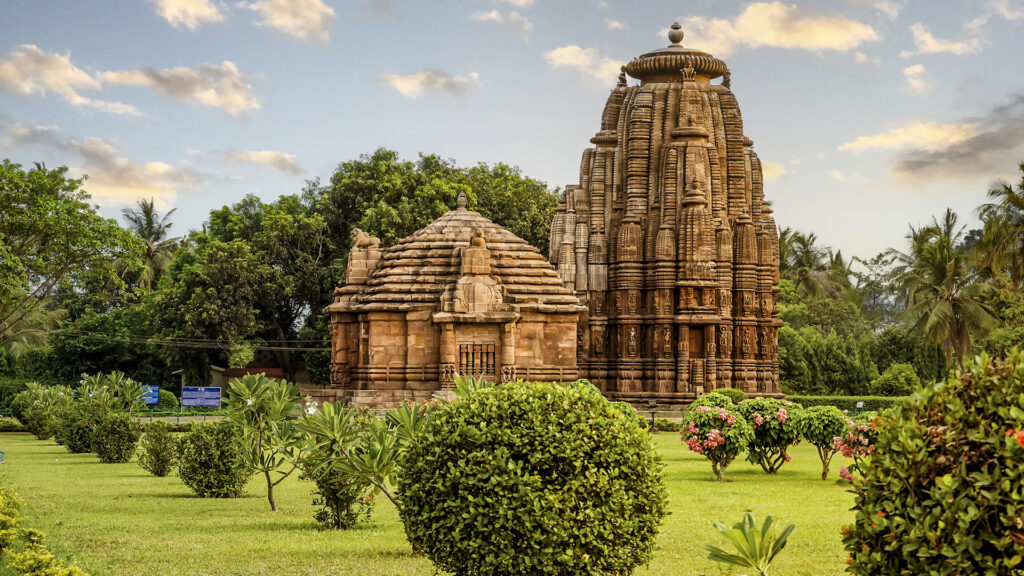
sits in royal elegance amid serene nature.
A few days before this stroke of luck, I had arrived in Bhubaneswar on a simple mission: to explore the nuanced cultural fabric of a city that is older than time in some parts, and newer than most other cities in others. Located on the eastern edge of the country, Odisha’s capital is, somehow, often overlooked by travellers. To an aficionado of artistic heritage like me, however, the city, with its unique juxtaposition of ancient and modern and a generous dose of the finer things in life, is the perfect destination for a rich cultural adventure.
First Things First
My first port of call, unsurprisingly, are its ancient temples. Known for their architecture as much as their spiritual significance, these holy structures, ranging in the hundreds, are interspersed all across the city, making it impossible to miss them. While most are still functional, some have been taken over by the Archaeological Survey of India and maintained as historical monuments of national importance.
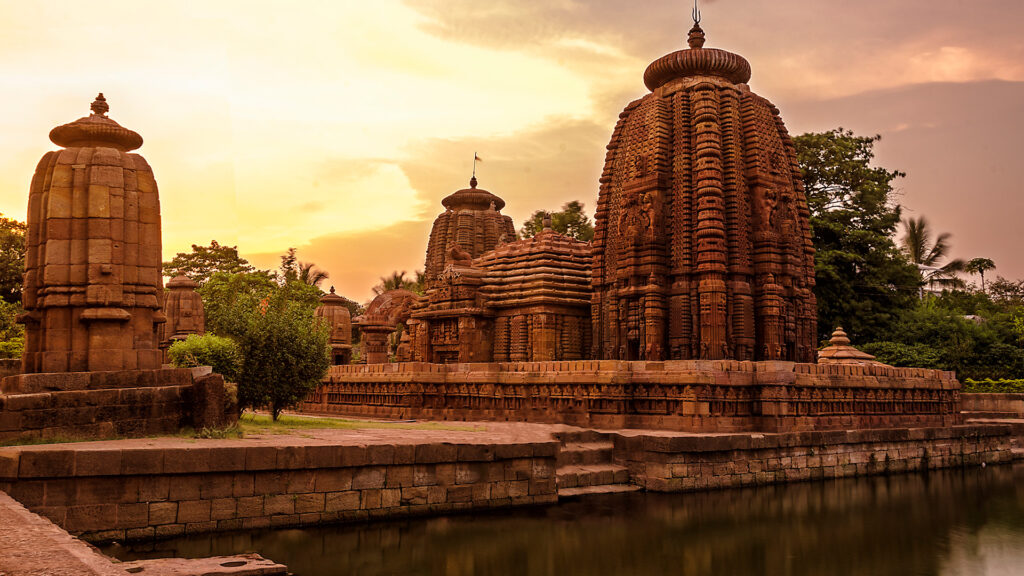
I begin my explorations at the impressive Rajarani Temple. A truly fine example of the Kalinga style of temple architecture, this red-and yellow-coloured sandstone building is said to have been constructed by the Somavamsi Dynasty between the 11th and 12th centuries AD, and reminds me of the temples in Khajuraho. My intuition is corroborated by Firoj.
“The name ‘Rajarani’ comes from the term of the local stone that the structure is made of and does not mean king and queen,” he tells me. “The temple has a main sanctum, vimana, with a high curvilinear spire, and a jagamohana, which is a hall with a pyramidical roof. Both stand atop a raised platform and are richly adorned. You may find it similar to the temples of central India, where the Somavamsi Dynasty originated,” he explains while pointing to the nymphs and mythical figures carved on the sanctum. As I walk around the complex, I notice other details: a lush garden with shrubs laden with jasmine, centuries-old neem and banyan trees with dozens of noisy parrots, and remnants of smaller temples. I spot many locals, too— men reading the newspaper, women walking in the garden, and children discussing schoolwork on the steps. It’s clear as day how intrinsic these ancient spots are to the daily life here.
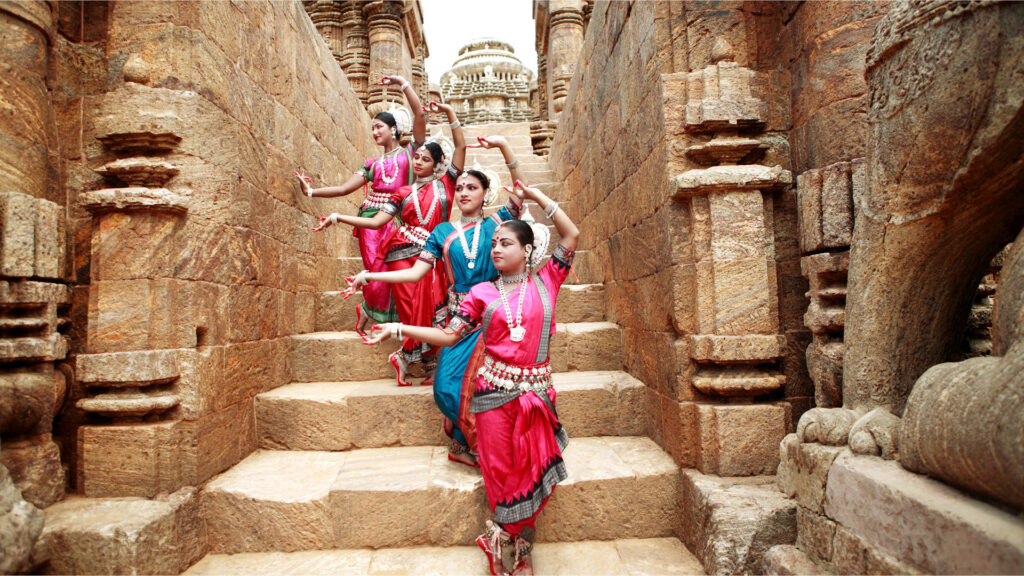
I spend the rest of the morning visiting several other such complexes, all within easy walking distance from here. Among them is the marvellous Mukteswar Temple. Renowned as the ‘Gem of Odisha’, this 10th-century-AD shrine, made of red sandstone, is a stunning example of exquisitely intricate architecture and sculptures. As I stroll along, witnessing the seamlessness with which these grand structures blend with the local culture, I finally arrive at the Bindu Sagar Lake in the centre of the city. It is here that I come across Citaristi’s aforementioned home studio. My chat with her reveals that she has been living in the city since 1979, first learning the local dance forms of Chau and Oddissi, and then training young students at her ground-floor studio. I promise to come back to witness a class in action, for Bhubaneswar’s long list of attractions are still waiting to be visited.
Making Way For The New
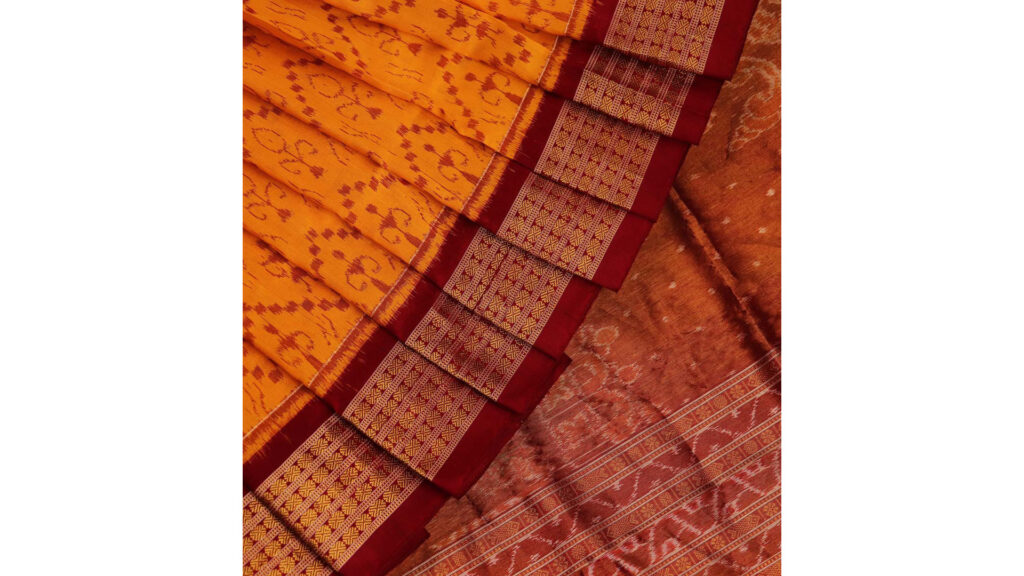
After bidding adieu to our generous host, we make our way to another exciting part of the city—the modern neighbourhoods. As one of India’s few planned cities, current-day Bhubaneswar was designed by German architect Otto Königsberger in 1946, replacing Cuttack as the state capital. And so, the ‘new’ city boasted self-sustaining neighbourhoods, wide, tree-lined avenues, and large, open public spaces. Even today Königsberger’s Bhubaneswar, with its sprawling art deco-style bungalows, Post-Independence-style office complexes, lush gardens, and clusters of markets, exudes a charm reminiscent of a bygone era.
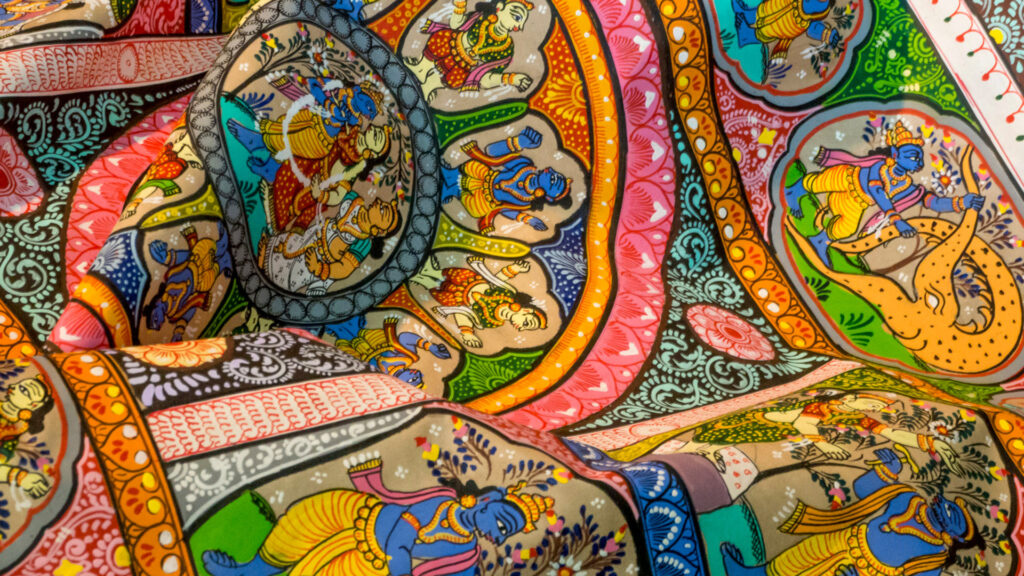
scroll painting.
My next destination is a market in town that holds a similar appeal: Unit 2 in Ashok Nagar is a popular, busy bazaar known for its impressive variety of local and branded products. And after my rather quiet morning, I am ready to indulge in some retail therapy. I know exactly what I want: silver filigree work of Cuttack, ikat and bomkai handloom saris of Sambalpur, dokra figurines from Kuliana, and my favourite—the pattachitra paintings from Raghurajpur. All of these finds, although from different parts of the state, are available in Bhubaneswar. I spend the afternoon hopping between Unit 1 and 2 markets, Shahid Nagar, and Sriya Square, where, my friends said I’d get the finest saris and filigree. They weren’t wrong! The sun has begun to set by the time I’m done— my bag and heart overflowing with joy and satisfaction.
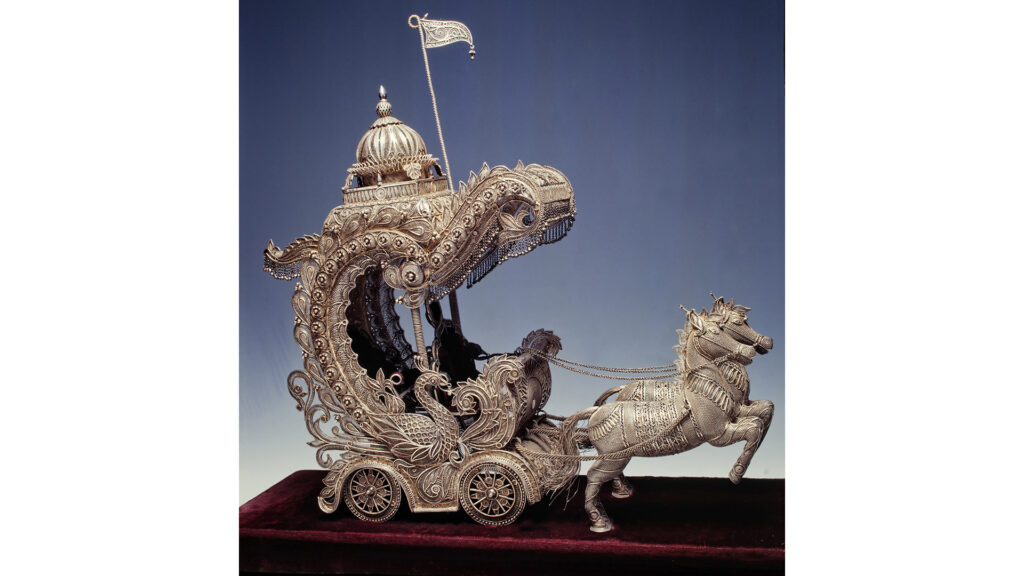
Food For Thought
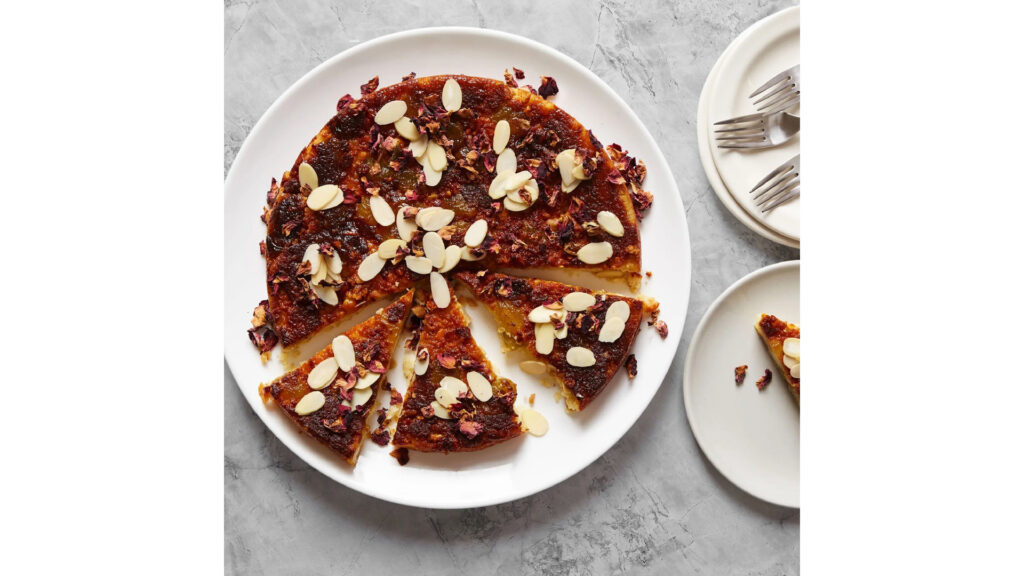
poda cheese dessert.
No cultural adventure is complete without exploring a city’s culinary landscape. And Bhubaneswar offers a mouth-watering variety of hyper-local specialities, lip-smacking street fare, and rustic desserts. My rendezvous with the cuisine begins with a unique breakfast—a portion of chhena poda (a local cheesecake), a not-so-white Odia rasgulla, and the singhara (the local version of a samosa). All three are devoured at a small shop outside the Parsurameswara Temple complex. It may seem like an odd choice for morning fare, but eating among locals setting out to work, chatting with them about their daily lives, and exchanging notes on the best sweet shops in the city was one of the most wholesome parts of my sojourn in Kalinga’s (ancient Odisha) capital.
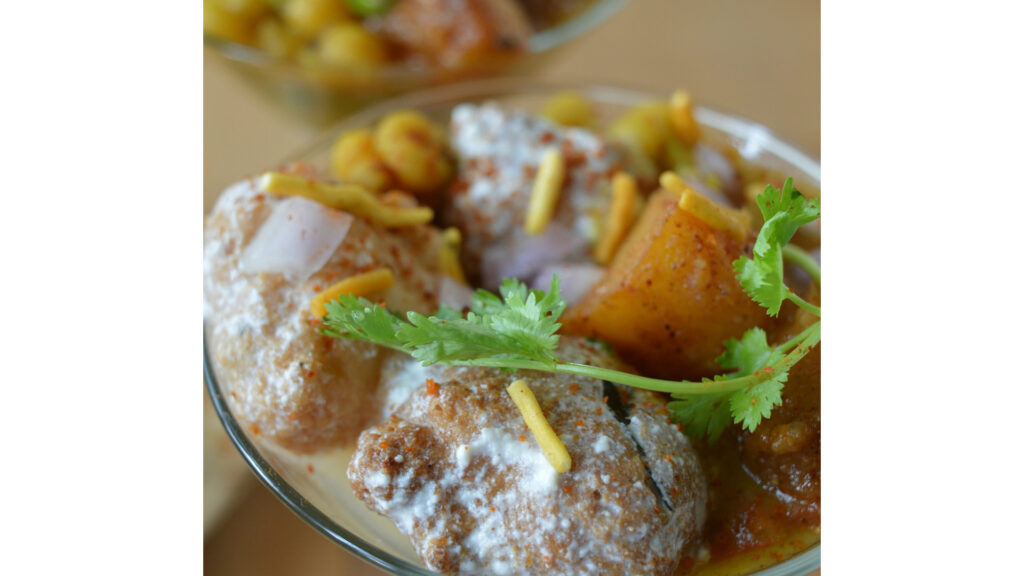
During the course of the day, I tasted many more of the city’s famed preparations. The quintessential dahi bara-aloo dum, where thick vadas (deep-fried lentil dumplings) are kept soaked in thin yoghurt and served with a topping of a rich potato curry called aloo dum (no connection with the Kashmiri speciality), chopped onions, coriander, and dry spices, is first in line. While I had my reservations about the unusual combination, I fell in love with it at first bite! The humble dish is a genius creation that brings together temperatures, textures, and flavours—the cool yoghurt contrasts with warm curry, the soft vadas are offset by firm potatoes, and the chopped onions, coriander, bhujia (deep-fried gram flour shavings), and tempering of red chilli and mustard seeds add spice. If served in a fancy restaurant, this, in my opinion, would be an award-winning dish!
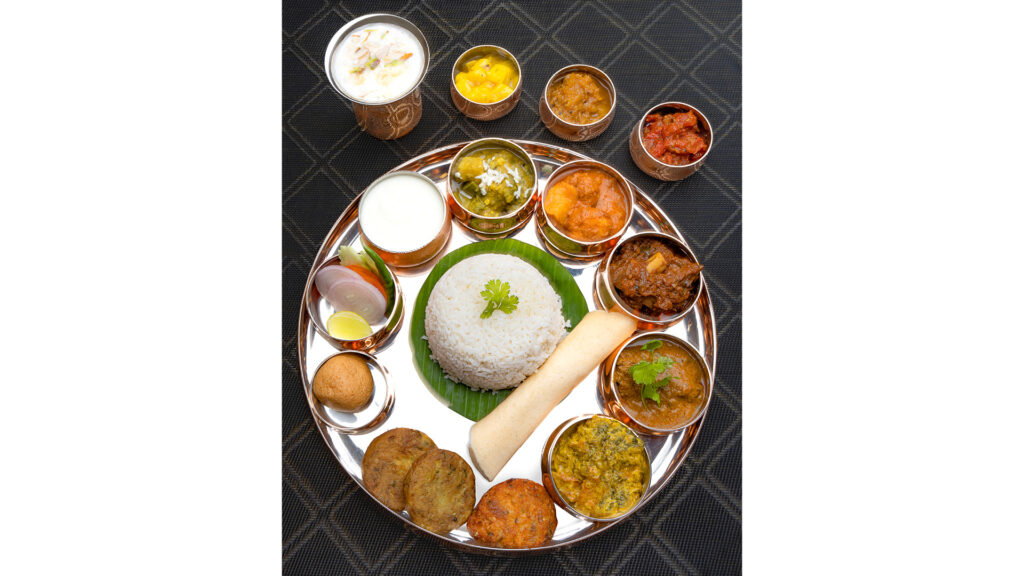
The sweet and very ornate lassi is what I tried next. Made with yoghurt and dressed with everything starting from tutti-frutti (candied fruit) to bananas, cashews, and rabri (condensed milk dessert), the lassi is just a tad too sweet and a bit overwhelming for me. Firoj tells me that the high sugar content is deliberate as it gives instant energy, while the yogurt and banana keep people hydrated even on the go. The insight reinstates how intimately the local climate is connected to the food in our country. I try not to over indulge as dinner is slated to be an ostentatious affair, one I’m looking forward to with bated breath.
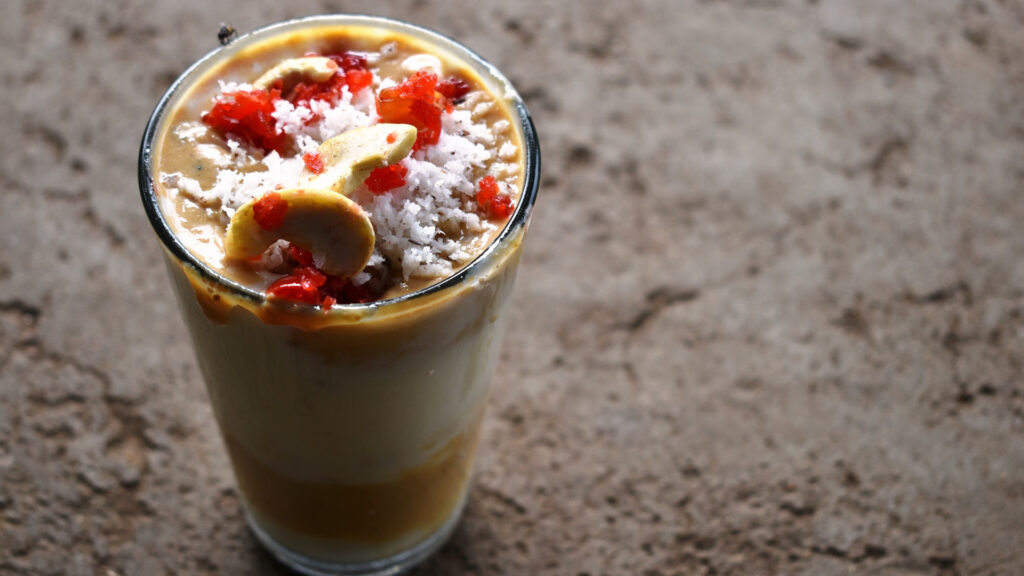
candied fruit and bananas.
A Fitting End
Noted local chef Animesh Minj had offered to cook me a traditional meal and I welcomed the offer with open arms. Not surprisingly, he outdid every expectation of mine. Laid out before me is a thali comprising dishes from different sub-regions of the state and, unlike what I had assumed, does not contain only fish and rice. I find myself gorging on the kancha kadali bara (raw banana kofta), dalma (lentils with vegetables), kosla badi (greens cooked with lentil dumplings), chatu rai (mushrooms), and mutton kassa (curry)—all of which have a distinct taste and flavour. It is, however, the pakhala that bowls me over. A true culinary adventure, this dish of cold fermented rice is as far from my comfort zone as possible, but since I have promised myself a complete exploration of flavours, I go ahead anyway. The rice is quite nice and boasts an umami flavour with hints of heat from green chilli. The water doesn’t make it gooey at all and side dishes like sagaw bhaja (sauteed greens), chakata (roasted, mashed vegetables), and badi chura (fried and crushed sun-dried lentil dumplings) add crunch and texture. I am surprised at how well the dish works on the palate. Minj promises to teach me how to make the pakhala and other dishes. And that’s an assurance I’m holding onto for dear life!
The stars are out by the time I call it a night, and the sea breeze is dancing around me. I’m happy, well fed, and very satisfied with the discoveries I have made on this trip. As I stand by my window looking at the swaying palms, I’m already planning my next tryst in Bhubaneswar. The adventures, after all, must not stop.
Related: Huma Qureshi Opens Up About Life On The Silver Screen, Turning Author, And More

